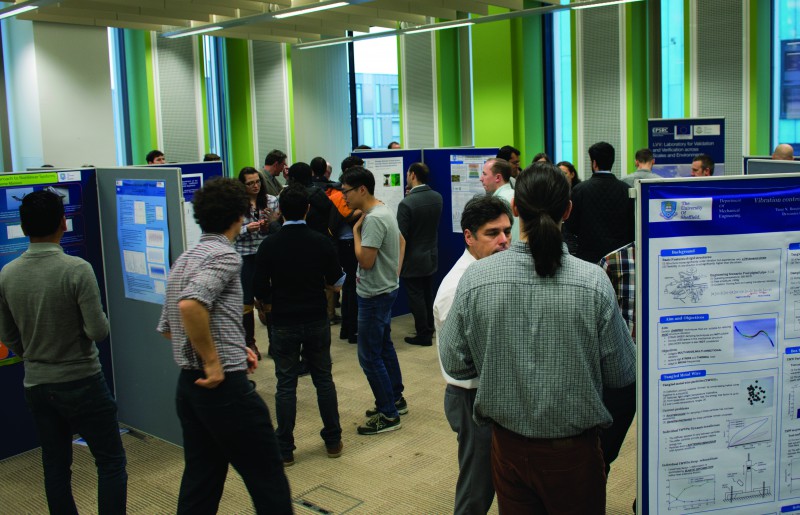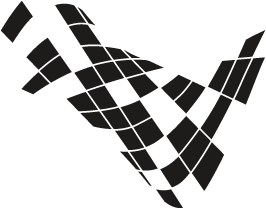Showcase

Each year, the DRG organises a showcase to present research that the group has been working on in the previous year. For the posters for this years showcase, as well as previous iterations, please see below.
The posters for the 2023 showcase can be found here
Previous year's posters:

